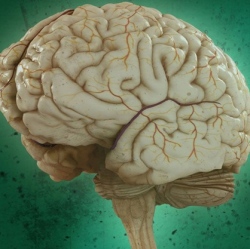
Scientists at Rice University and Methodist Hospital Research Institute (MHRI) led an international team of researchers in creating composite particles that can be injected into patients and guided by magnetic fields. Once in position, the particles may be heated to kill malignant tissues or trigger the release of drugs at the site.
The “nanoconstructs” should fully degrade and leave the body within a few days, they reported. They packaged thousands of iron oxide particles, with magnetic cores as small as 5 nanometers across, inside larger particles.
The researchers made two such nanoconstructs, embedding iron oxide particles in silicon mesoporous particles (SiMPs) and discoidal polymeric nanoconstructs (DPNs). They knew from previous research that submicron-sized SiMPs and DPNs naturally accumulate within the tumor’s blood vessels.
Iron oxide enhances the ability to position and hold the particles in place with magnets, said lead author and Rice graduate student Ayrat Gizzatov. “They get attracted by the magnet, and that induces another dipole-dipole magnetic interaction among the particles and increases their interparticle communication mechanism,” he said.
Tests showed iron oxide particles made the nanoconstructs 10 times better than traditional contrast agents with what amounted to significantly lower doses of iron than used in current practice. The new research also showed that, as a general principle, confining MRI contrast agents (like iron oxide) in geometric structures enhances their relaxivity, the property that makes the agents appear in MRI images.
(The shorter the relaxation time, the greater the contrast in the image.) While the particles are too big to target specific proteins, Gizzatov said it might also be possible to modify them with elements that will increase their accumulation in tumors.
